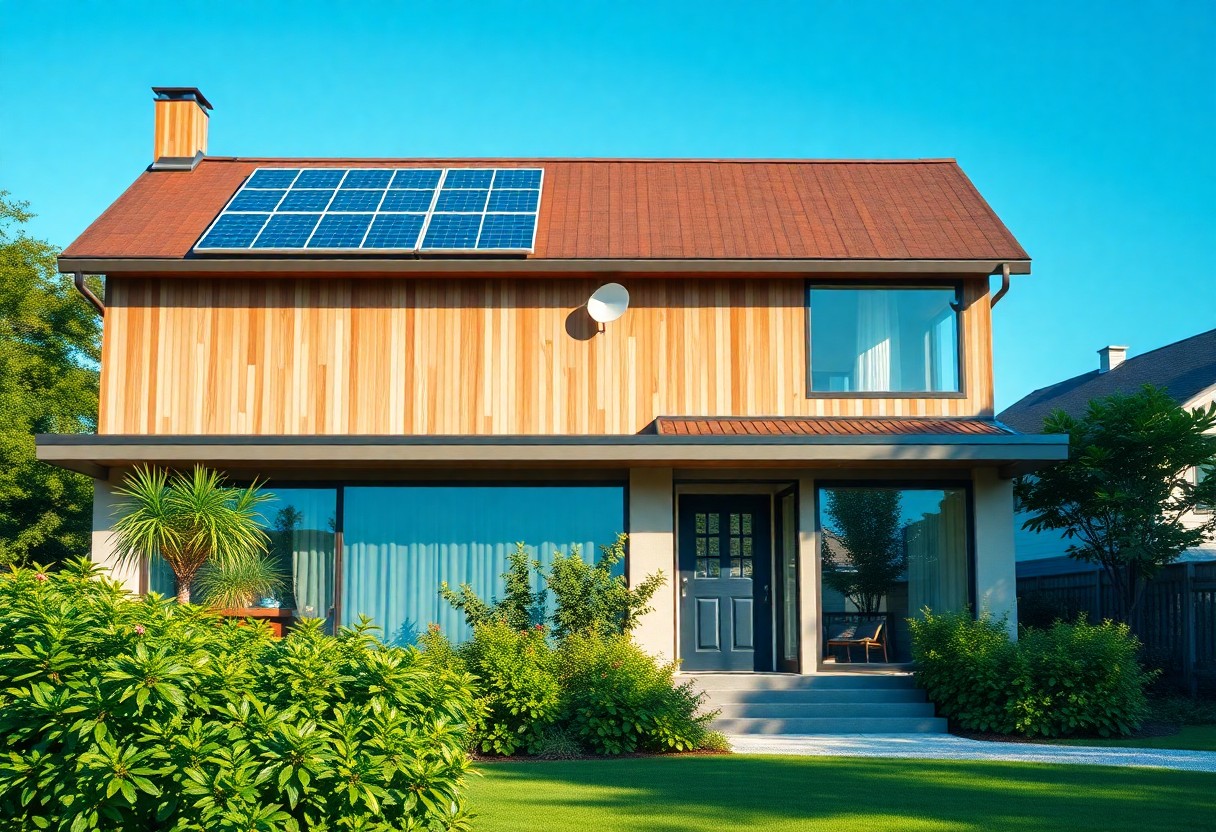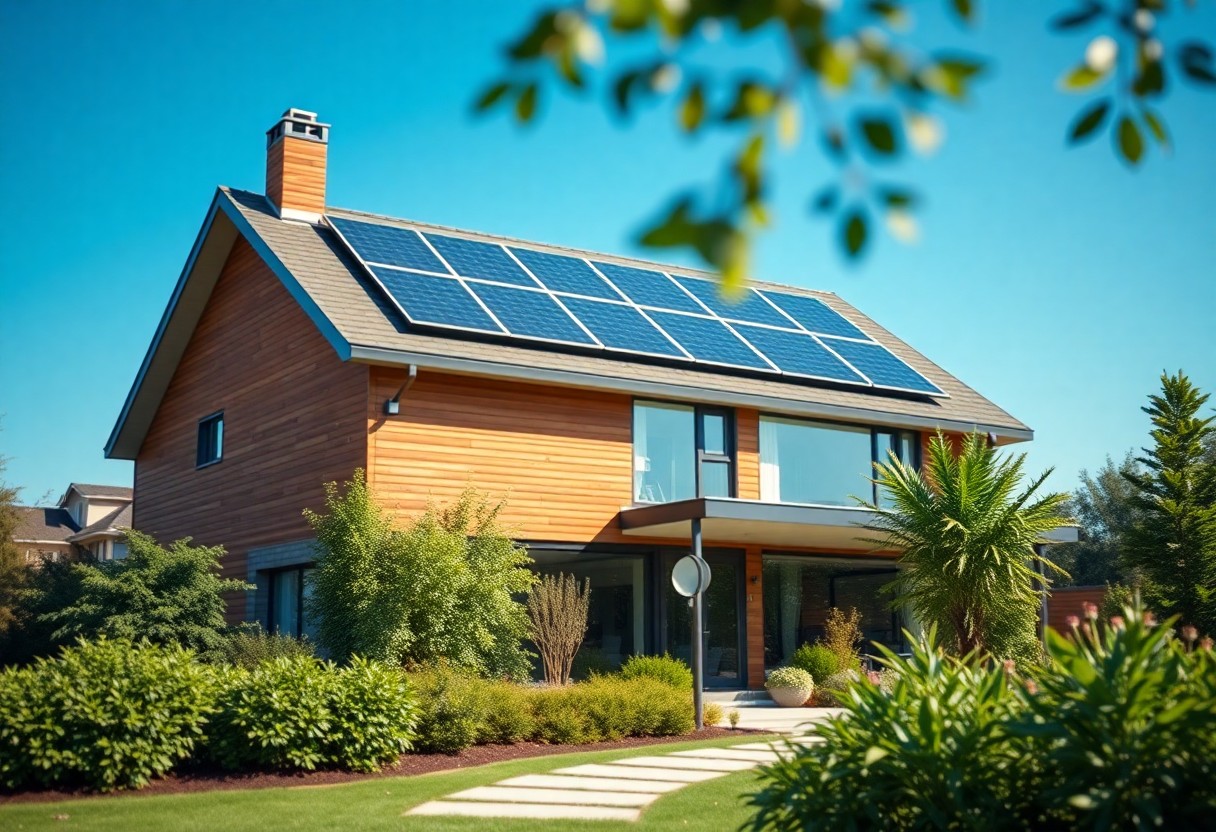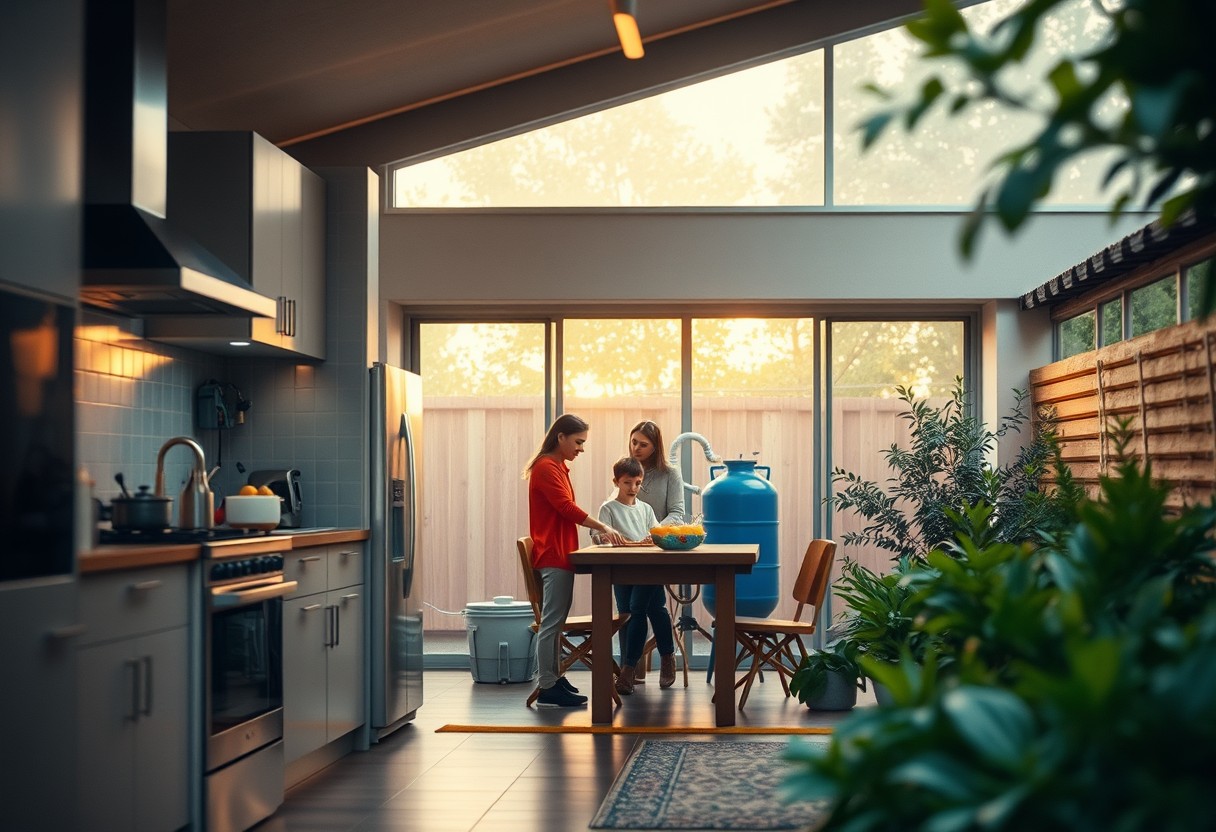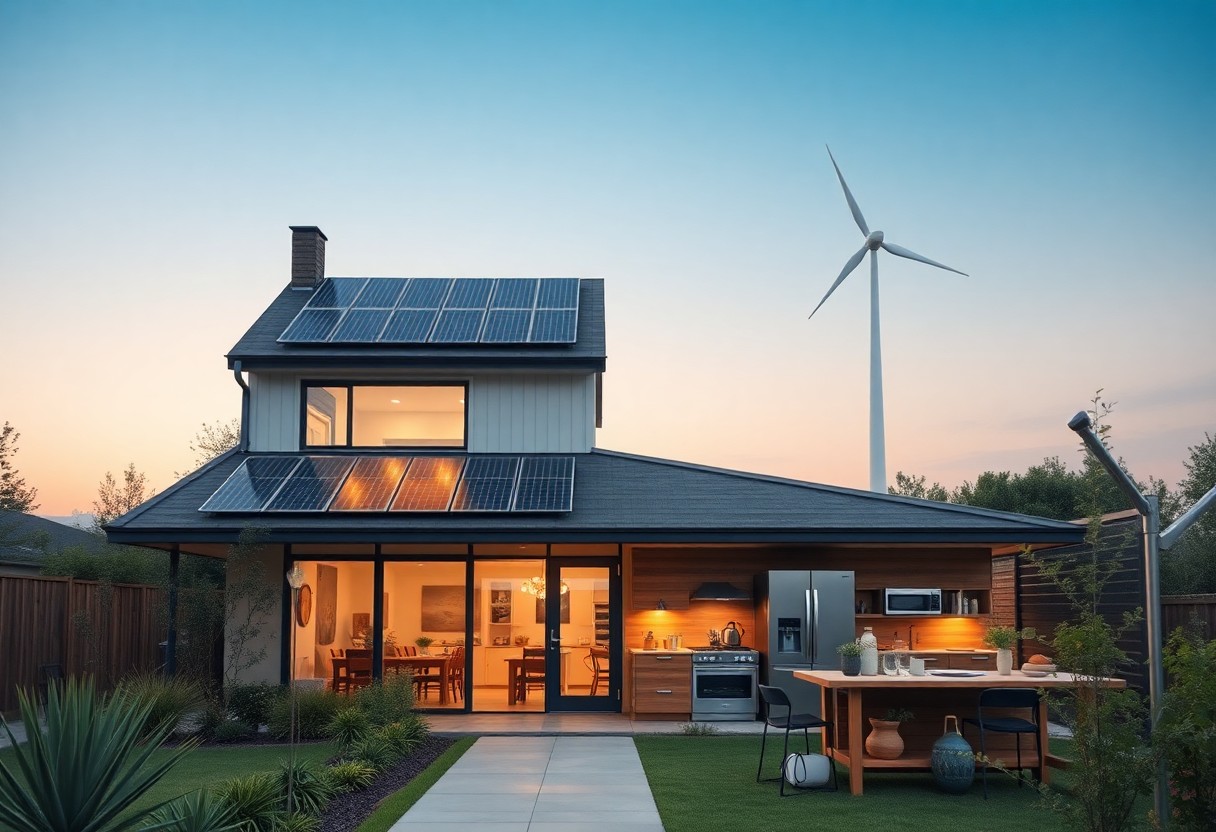You want to know how sustainable your home is, but where do you start? You’ll need to look beyond the obvious. Your daily habits and routine maintenance are just the beginning. You must dig deeper to uncover the hidden factors affecting your home’s environmental impact. By taking a closer look at your energy consumption, water usage, and waste management, you can identify areas for improvement and make informed decisions to reduce your ecological footprint.
Assessing Energy Efficiency
For a sustainable home, you need to evaluate your energy usage. Start by checking your utility bills and identifying areas of improvement. Look for ways to reduce consumption and lower your energy costs.
Evaluating Insulation and Windows
Beneath the surface, your home’s insulation and windows play a significant role in energy efficiency. You’ll want to inspect these areas to ensure they’re up to par, as gaps and poor insulation can lead to heat loss and increased energy bills.
Analyzing Heating and Cooling Systems
Against the backdrop of rising energy costs, analyzing your heating and cooling systems is crucial. You’ll need to assess their efficiency and consider upgrades or replacements to reduce your energy consumption.
Assessing your heating and cooling systems involves checking their age, maintenance records, and efficiency ratings. You should also consider factors like your home’s climate, size, and insulation when evaluating these systems. By doing so, you can identify opportunities to improve their performance and reduce your energy bills.
1. Evaluate energy efficiency of appliances and systems regularly.
2. Assess insulation quality for optimal temperature control.
3. Consider water usage and conservation strategies at home.
4. Analyze local resources for reducing environmental impact.
5. Implement sustainable landscaping to enhance biodiversity.
6. Prioritize recycling and waste reduction practices consistently.

Water Conservation Methods
Now, you can take steps to reduce your water consumption. Start by evaluating your daily habits and look for areas to improve. Your home’s sustainability depends on it.
Checking for Leaks and Fixing Faucets
Above all, you need to inspect your pipes and faucets for leaks. You can detect them by checking your water meter or looking for signs of water damage.
Installing Low-Flow Fixtures
Any homeowner can install low-flow fixtures to reduce water usage. You can replace your old showerheads and faucets with low-flow models.
And when you install low-flow fixtures, you’ll be amazed at the difference it makes. You’ll not only save water, but also reduce your water bill. Your new fixtures will use significantly less water per minute, making them an effective way to conserve this precious resource in your daily life.

Waste Reduction and Management
Many homeowners overlook the importance of waste reduction in their sustainability assessments. You can start by evaluating your daily waste output and identifying areas for improvement in your home.
Implementing Recycling Programs
Wasting less is key to reducing your environmental footprint. You can implement recycling programs in your home by setting up designated recycling bins and encouraging your household members to participate.
Composting and Reducing Waste
Along with recycling, reducing waste is vital to a sustainable home. You can reduce your waste by composting food scraps and yard waste, which turns them into nutrient-rich soil for your garden.
Also, you can take composting a step further by using it to fertilize your plants, reducing the need for synthetic fertilizers and minimizing your environmental impact. You can start by designating a composting area in your yard and adding food scraps and yard waste to it, then using the resulting compost to nourish your plants.
Sustainable Materials and Products
Keep a close eye on the materials used in your home, as they can greatly impact its sustainability. You’ll want to assess the environmental footprint of your building materials, furnishings, and appliances to make informed decisions about your home’s eco-friendliness.
Using Eco-Friendly Building Materials
Materials like reclaimed wood, bamboo, and low-VOC paints can make a significant difference in your home’s sustainability. You can use these materials to reduce your environmental impact and create a healthier living space.
Choosing Sustainable Furnishings and Appliances
Below the surface of stylish designs and functional features, you’ll find opportunities to choose sustainable options. You can opt for energy-efficient appliances, second-hand furniture, and eco-friendly textiles to reduce your home’s environmental footprint.
Appliances with high energy-star ratings, for instance, can significantly reduce your energy consumption. You can also consider buying second-hand or renting furnishings to minimize waste and support a sharing economy. By making these conscious choices, you’ll be able to create a more sustainable living space that benefits both your wallet and the environment.

Indoor Air Quality and Ventilation
Once again, you’re taking steps to assess your home’s sustainability, and that’s a good thing. You can learn more about improving your home’s comfort and energy efficiency by checking out The Unsung Hero of Home Comfort and Energy Efficiency, which offers valuable insights.
Improving Ventilation and Air Filtration
Across your home, you’ll find opportunities to boost ventilation and air filtration, making your indoor space healthier and more sustainable.
Reducing Pollutants and Toxins
Before you start, you should identify areas where pollutants and toxins are most prevalent, then take action to minimize their impact on your indoor air quality.
Quality air is imperative for your health and well-being, so when reducing pollutants and toxins, you must take a thorough approach, inspecting every room and considering factors like cleaning products, furniture, and even your heating system, to ensure your home is a safe and healthy space for you and your family.
Landscaping and Outdoor Sustainability
To assess your home’s outdoor sustainability, you’ll need to consider your landscaping and gardening practices. You can learn more about Innovative techniques in sustainable building to improve your home’s eco-friendliness.
Creating Sustainable Gardens and Lawns
With a few simple changes, you can create a sustainable garden and lawn that thrives with minimal environmental impact. You’ll want to choose drought-resistant plants and use natural fertilizers to reduce your water and chemical usage.
Using Rainwater Harvesting Systems
Along with reducing water usage, you can also collect and reuse rainwater to minimize your home’s water footprint. This simple system can make a big difference in your home’s sustainability.
Creating a rainwater harvesting system is easier than you think. You’ll need to install a collection tank and a filtration system to make the water usable for your garden and lawn. You can use this water to irrigate your plants, wash your car, or even flush your toilets, reducing your water bill and your environmental impact. As you implement this system, you’ll be able to see the benefits of using rainwater harvesting in your daily life.
To wrap up
Now you’ve got the tools to assess your home’s sustainability. You can take action to reduce your environmental impact. For more ideas, check out 25 Ways to Make Your Home Sustainable | Constellation. You’ll find practical tips to make your home more eco-friendly, and your efforts will pay off in the long run. You’ll be living a more sustainable lifestyle in no time.



